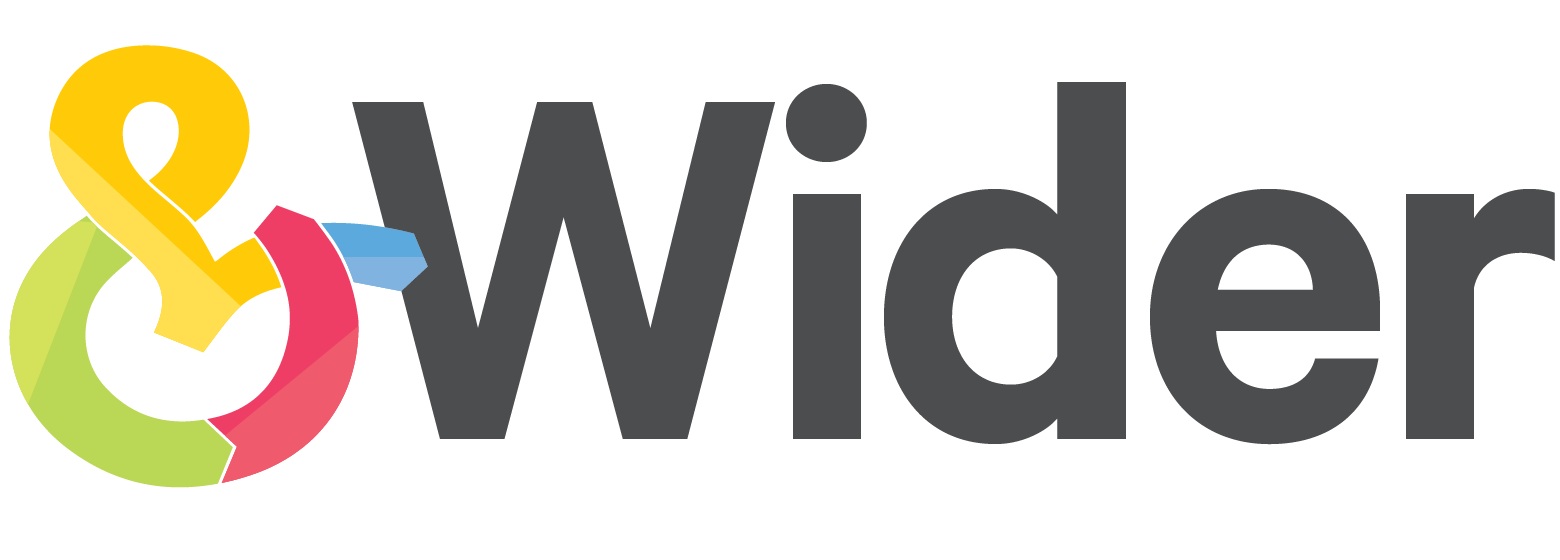How Direct Worker Reporting and Stakeholder Engagement Drive Better Risk Management
It started with a simple message.
A worker at a supplier factory reported that overtime hours were climbing fast. Pay was delayed. Tensions were rising.
On paper, the supplier was compliant.
On the ground, workers were struggling.
Because the company had a direct worker reporting channel in place, that message didn’t get buried. It was seen, logged, and acted on.
The Risks You Can’t See
Most supply chain risks start quietly.
They don’t begin as scandals or headlines; they begin as small, human realities:
A missed payment cycle.
A safety guard was removed to speed production.
Overtime hours were creeping past legal limits.
Without worker voice monitoring, these warning signs often remain invisible until it’s too late. By the time they appear in an audit or an inspection, harm has already been done to workers, to trust, and to the business.
Direct Worker Reporting: The Foundation
Direct worker reporting changes that.
It opens a clear, safe line of communication between workers and the people who can address their concerns. Workers don’t have to wait for an annual audit. They don’t have to filter feedback through layers of management.
They can share what’s happening in real time, anonymously.
That’s powerful. Not only does it surface issues early, but it also creates a culture where workers know their voices matter. And when workers feel heard and feel safe, they’re more likely to engage, share, and collaborate to make conditions better.
From Truth to Foresight: RAPT’s Role
Raw feedback is valuable. But it’s not enough on its own.
That’s where RAPT, the Risk Assessment Prediction Tool, comes in.
RAPT processes direct worker reports alongside other credible data sources, spotting patterns that might otherwise go unnoticed.
One report of delayed wages might be an isolated incident. But multiple reports across several suppliers? That’s a pattern worth investigating.
By analysing these signals, RAPT can predict risks before they escalate. This turns direct worker reporting into more than just a reactive tool; it becomes a foundation for proactive, strategic action.
The Bridge: Stakeholder Engagement
Once a potential risk is identified, what happens next matters just as much as spotting it.
This is where stakeholder engagement comes in. Buyers, suppliers, worker representatives, and NGOs all have a role to play.
When these groups work together, they can address the root cause of an issue, not just the symptoms.
In the earlier wage delay example, the company engaged the supplier, reviewed payment processes, and worked with worker representatives to confirm the changes. The delay was resolved quickly, trust was maintained, and production disruption was avoided.
That’s the difference between a one-off fix and a lasting improvement.
Why This Matters for Human Rights Due Diligence
Around the world, human rights due diligence laws are evolving fast. Legislation like the EU Corporate Sustainability Due Diligence Directive (CSDDD) is setting new expectations:
Continuous risk monitoring, not one-off assessments.
Direct engagement with rightsholders.
Proof that prevention is part of the process.
Direct worker reporting provides the ground truth.
RAPT provides the predictive insight.
Stakeholder engagement delivers the change.
Together, they create a system that not only meets legal requirements but also builds genuine resilience into the supply chain.
The Human Impact
Risk management is often framed in terms of numbers, incident rates, compliance scores, and lost revenue.
But behind every data point is a person.
A missed wage means a family goes without essentials.
Unsafe equipment means someone goes home injured.
When companies use worker voice monitoring to hear those stories early and when they act on them through engaged collaboration, they’re not just reducing business risk. They’re improving lives.
The Business Case for Humanity
Here’s the truth: protecting people and protecting your business aren’t competing goals. They’re aligned.
A supply chain built on trust and open communication is more stable, more productive, and more adaptable in times of disruption. Suppliers who see you as a partner are more likely to work with you to solve problems. Workers who know their voices matter are more committed and more invested in quality.
It’s a win-win, but it requires moving from reactive to proactive, from top-down mandates to genuine dialogue.
Dignity as a Risk Mitigation Strategy
If there’s one takeaway, it’s this:
Risk management isn’t just about avoiding bad outcomes. It’s about creating the conditions for good ones.
Direct worker reporting gives you the truth from the ground.
RAPT turns that truth into foresight.
Stakeholder engagement turns foresight into action.
And when those three elements work together, they protect more than your margins.
They protect human dignity.
Want to see how this works in practice?
Let’s talk about how direct worker reporting, RAPT, and stakeholder engagement can future-proof your supply chain and the people who make it possible.


